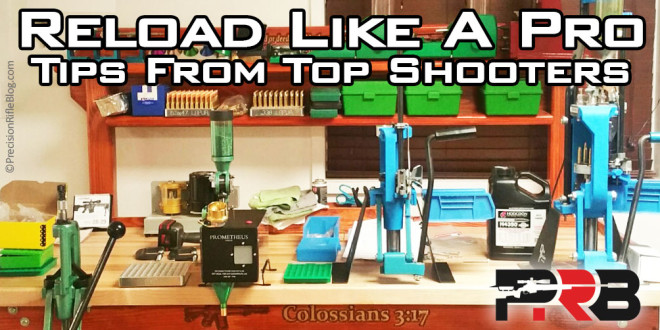howdy,
new to reloading, inching forward on my first batch.
have watched Elfster's vids, read TresMon's articles, and doc 76251's article
been watching Sam Millard's vids at panhandle precision, on YouTube as well.
for 1xfired brass, Sam takes various measurements of 1) factory new, 2) once fired, and then 3)resized brass
I've got a few questions
for context, my goal is to get into prs, and reloading with this, . . . before jumping into the 6.0 to 6.5 pool
I am shooting a used, rem 700 in .308, 20" barrel, 1:10 twist
with probably 900 rounds downrange from me, and who knows (less, I am sure) from prior owner(s)
on my 1x fired brass, neck O.D.'s were pretty consistent at 0.343" to 0.345",
SHOULDER GROWTH is what surprised me, both by its lack, and its variation
1.6280, 1.6255, 1.6285
1.6260, 1.6260, 1.6275
1.6275, 1.6270, 1.6285
measured with Hornaday digital calipers, and headspace comparator insert, (DEPRIMED) case base, to shoulder datum
so, 0.0030" variation in shoulder expansion, more than I' d have thought; since all cases were Hornaday Superformance, and were fire formed in my rifle, so I would have thought they'd be closer to one another.
thoughts?
2nd observation:
I took readings on five boxes of new ammo
hornaday match : all four measured 1.6255 and precision hunter : all four measured 1.6250 )case base to shoulder datum)
three boxes of new Berger ammo had similar measurements : 1.6270, 1.625, and 1.623 depending on the projectile
four Bergers from each box were consistent with each other, but case varied from 155.5's to 185's, to 200.5's
kinda surprised that factory new cases weren't more homogeneous
thoughts?
got 100 cases, deprived, and cleaned, fixing to anneal.
had planned on full length sizing for 0.002" shoulder bump-but now I'm not sure what sized case goal to "SHOOT FOR"
my once fired brass chambers easily, which also surprised me.
is my chamber too loose?
headspace too great?
thoughts?
thanks
jippy
new to reloading, inching forward on my first batch.
have watched Elfster's vids, read TresMon's articles, and doc 76251's article
been watching Sam Millard's vids at panhandle precision, on YouTube as well.
for 1xfired brass, Sam takes various measurements of 1) factory new, 2) once fired, and then 3)resized brass
I've got a few questions
for context, my goal is to get into prs, and reloading with this, . . . before jumping into the 6.0 to 6.5 pool
I am shooting a used, rem 700 in .308, 20" barrel, 1:10 twist
with probably 900 rounds downrange from me, and who knows (less, I am sure) from prior owner(s)
on my 1x fired brass, neck O.D.'s were pretty consistent at 0.343" to 0.345",
SHOULDER GROWTH is what surprised me, both by its lack, and its variation
1.6280, 1.6255, 1.6285
1.6260, 1.6260, 1.6275
1.6275, 1.6270, 1.6285
measured with Hornaday digital calipers, and headspace comparator insert, (DEPRIMED) case base, to shoulder datum
so, 0.0030" variation in shoulder expansion, more than I' d have thought; since all cases were Hornaday Superformance, and were fire formed in my rifle, so I would have thought they'd be closer to one another.
thoughts?
2nd observation:
I took readings on five boxes of new ammo
hornaday match : all four measured 1.6255 and precision hunter : all four measured 1.6250 )case base to shoulder datum)
three boxes of new Berger ammo had similar measurements : 1.6270, 1.625, and 1.623 depending on the projectile
four Bergers from each box were consistent with each other, but case varied from 155.5's to 185's, to 200.5's
kinda surprised that factory new cases weren't more homogeneous
thoughts?
got 100 cases, deprived, and cleaned, fixing to anneal.
had planned on full length sizing for 0.002" shoulder bump-but now I'm not sure what sized case goal to "SHOOT FOR"
my once fired brass chambers easily, which also surprised me.
is my chamber too loose?
headspace too great?
thoughts?
thanks
jippy



